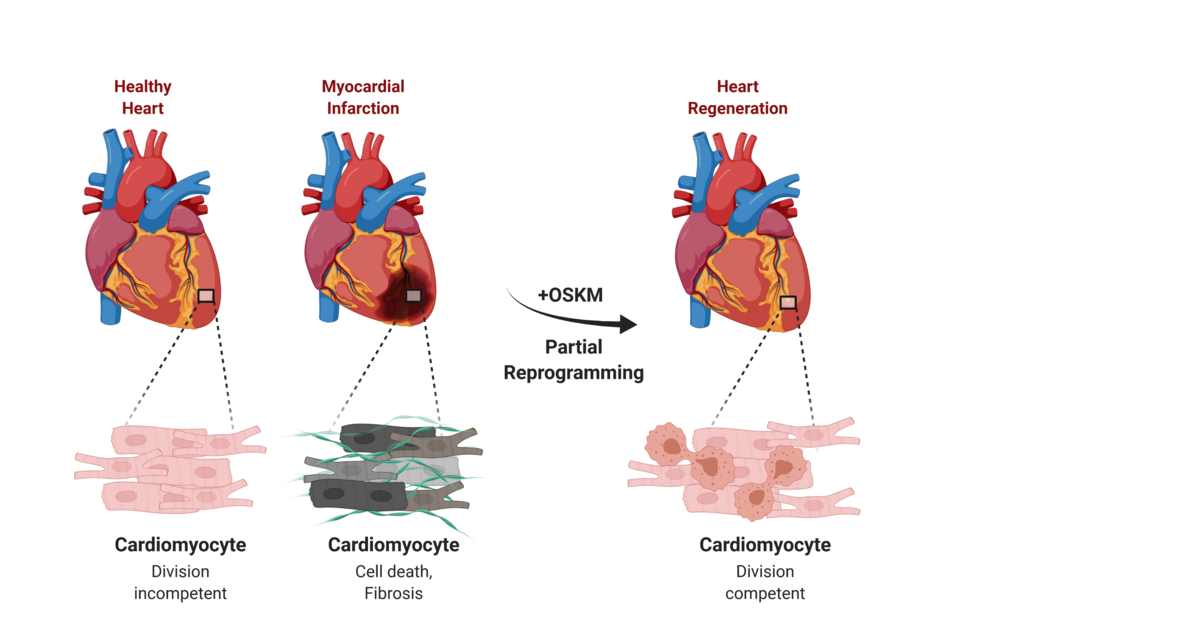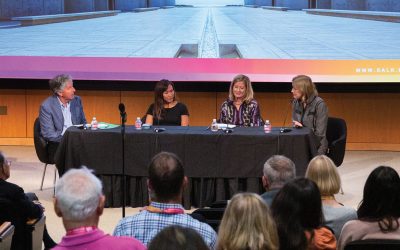
Cellular regeneration therapy restores damaged liver tissue faster
4.5 (791) In stock

4.5 (791) In stock
Liver cells were partially reprogrammed into younger cells (red) using Yamanaka factors (white). The cell nuclei (blue) and cytoskeletal proteins (green) are also shown.Click here for a high-resolution image.Credit: Salk Institute LA JOLLA—Mammals can’t typically regenerate organs as efficiently as other vertebrates, such as fish and lizards. Now, Salk scientists have found a way to partially reset liver cells to more youthful states—allowing them to heal damaged tissue at a faster rate than previously observed. The results, published in Cell Reports on April 26, 2022, reveal that the use of reprogramming molecules can improve cell growth, leading to better liver tissue regeneration in mice.

Cell encapsulation - Wikipedia

Mindcandy King´s day 2022

Strategies to capitalize on cell spheroid therapeutic potential for tissue repair and disease modeling

Bipotent transitional liver progenitor cells contribute to liver regeneration

Helping the liver regenerate itself could give patients with end-stage liver disease a treatment option besides waiting for a transplant

Heart regeneration after reprogramming of cardiac muscle cells

Table of Contents - Inside Salk

Fall 2022 - Inside Salk

Fall 2022 - Inside Salk

News - Salk Institute for Biological Studies